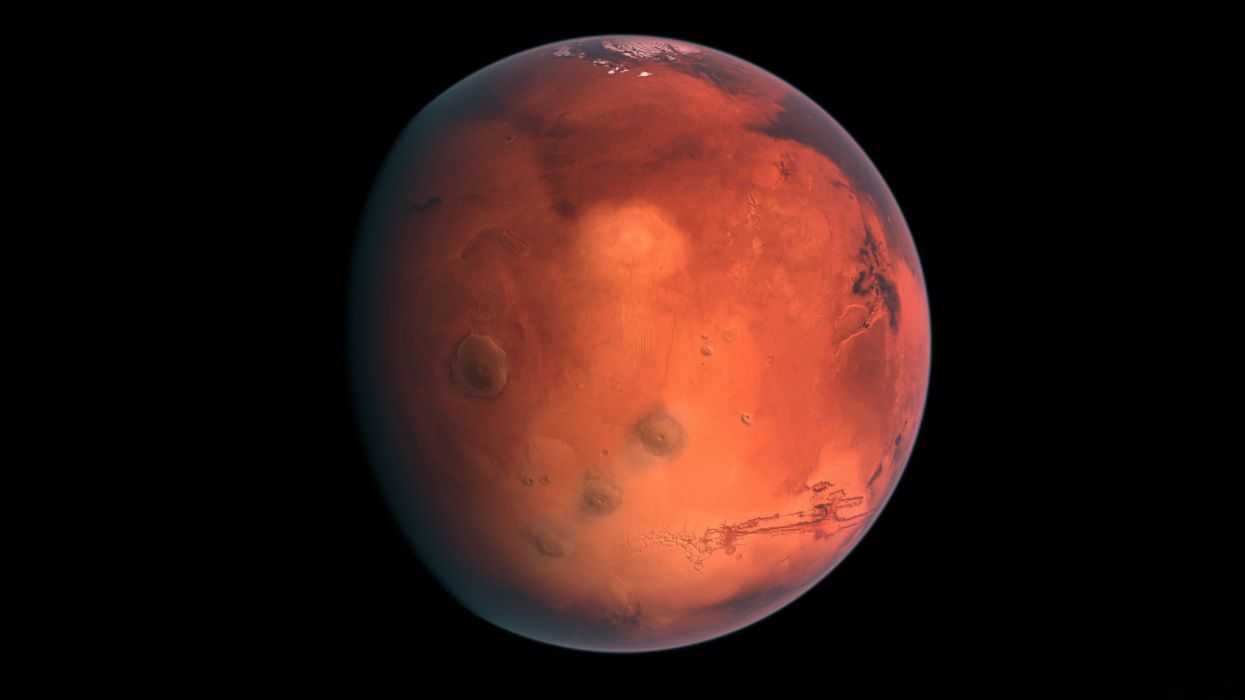The goal of Perseverance is to look for elements that could indicate that there have been life forms on Mars in the past
The human being has always been fascinated by red planet, and there have been times when some astronomers were convinced that the channels on its surface were the result of the work of alien creatures that populated the planet. One thing is certain: explore Mars we love it and we can’t wait to steal other hidden secrets and clarify unknowns and doubts, perhaps finding scientific foundations to the individual reconstructions hypothesized by the experts.
The reasons that make the shipment of the rover Perseverance certainly not lacking and the attention around this technological marvel comes from all sides. Each meter traveled it is a victory for the scientific world, but not only. The English bookmakers, as we know, are creative and love to bet on everything (unlike the Italian betting sites specialized in sporting events), and have foreseen odds relating to the distance that the rover will be able to cover during its expedition. Hoping that his stay on the red planet will be long and profitable, let’s find out some interesting aspects concerning him.
Object of the mission: search for old forms of life
The goal of Perseverance is to look for elements that can indicate that there were on Mars forms of life in the past. Obviously, elements related to the climate and geology of the planet will also be studied, in order to have an even more in-depth basis for organizing the future explorations.
A Martian year on Mars
The rover will spend at least 687 Earth days on the red planet. A Sol, or a Martian day, lasts 39 minutes longer than an Earth day. The Curiosity rover has explored Mars for a total of 3,000 Sol.
The name decided by a sixth-grade student
NASA has devised a contest to determine the name of the new rover attended by over 12,000 students across the United States. Thanks to its theme of perseverance, Alexander Mather, a junior high school student in Virginia, managed to catch the attention of the judges.
Heavy as a hippo
Perseverance is definitely the rover more technologically advanced never sent to the red planet, but it also has another peculiarity: it is also clearly the heaviest. The previous Curiosity weighed around 900 kg, while the new NASA creature exceeds 1025 kg.
Seven long months
The Perseverance rover was launched into space with the rocket Atlas V-541 from the base of Cape Canaveral in Florida on June 30, 2020. His journey therefore lasted the beauty of 7 months. The starting idea was to proceed with the launch in the first ten days of July, but we opted for an anticipation of the times due to contamination and mechanical problems.
Travel friends
Perseverance was accompanied on the journey to Mars by a helicopter named after Ingenuity. This device will try to make the first space flight to a planet in the solar system other than earth.
From lake to crater
The place chosen for the landing of the Perseverance rover is of great importance and was therefore not chosen at random. It is believed that the Jezero crater contained water in the past and that therefore the chances of finding remains capable of confirming the existence of life forms on the red planet are much higher inside than elsewhere. His diameter is about 45 km and inside there is the delta of an ancient river that will be a research site for the rover.
The sound of Mars
Perseverance is equipped with 2 microphones ultra technological capable of sending us the recordings of the sounds captured on Mars, in addition to those already sent during the long journey.















